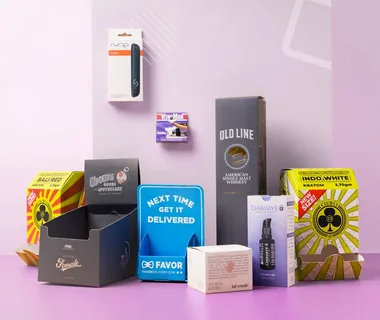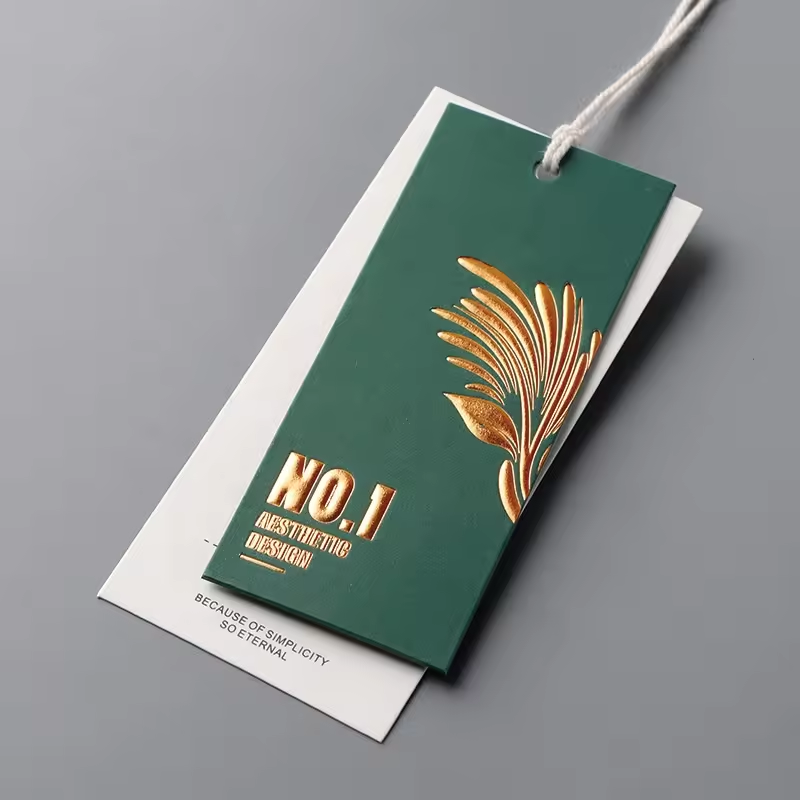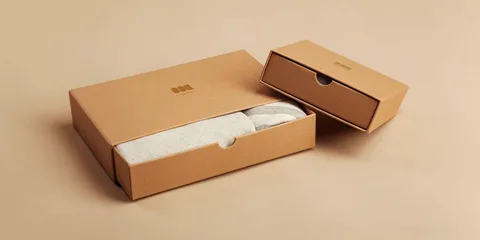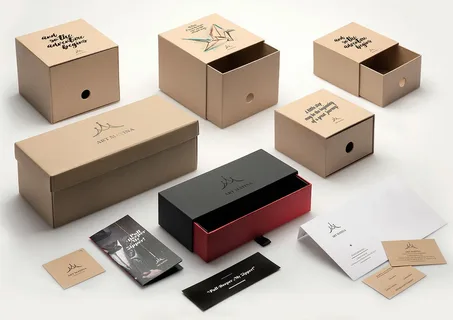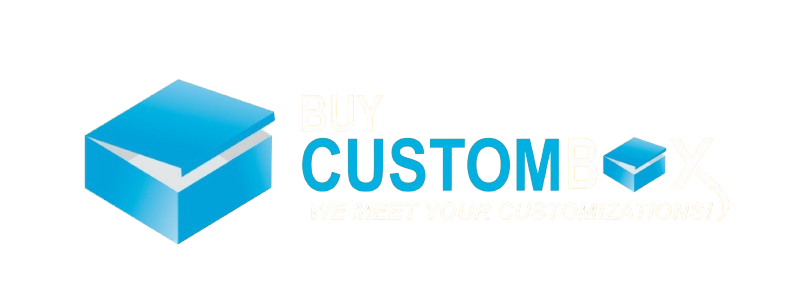Packaging is more than just a container — it’s an essential part of your product’s identity, presentation, and protection. Choosing the right retail boxes can influence customer perception, impact sales, and determine how your product performs in transit or on the shelf.
In this comprehensive guide, you’ll learn how to select the best packaging for your needs, explore styles and materials, and find out where to get the best retail boxes in Canada or retail boxes near me — all while maintaining your budget with options for cheap retail boxes.
Table of Contents
- What Are Retail Boxes & Why They Matter
- Common Retail Box Styles
- Choosing the Right Materials
- Sizing & Fit Considerations
- Branding & Print Options
- Pricing Factors for Retail Packaging
- Where to Find Retail Boxes Near You
- How to Balance Quality & Budget
- Sustainability & Compliance
- Pro Tips Before Ordering
- Common Mistakes to Avoid
- Frequently Asked Questions (FAQs)
- Final Thoughts
1. What Are Retail Boxes & Why They Matter
Retail boxes are custom or ready-made packaging solutions designed to hold and present products for sale directly to customers. These boxes are essential for both in-store displays and eCommerce shipments, playing a critical role in how your product is received and perceived.
Benefits of Well-Designed Retail Packaging:
- Brand visibility and recognition
- Product protection during handling and shipping
- Increased perceived value
- Improved customer experience
- Legal and marketing compliance (barcodes, labels, etc.)
2. Common Retail Box Styles
There are several box types commonly used for retail packaging. The best choice depends on your product type, target audience, and budget.
2.1 Folding Cartons
These are lightweight paperboard boxes often used for cosmetics, electronics, pharmaceuticals, and food products. They’re cost-effective, easy to store, and printable on all sides.
2.2 Rigid Boxes
Made from thick paperboard or chipboard, rigid boxes are used for luxury items like jewelry, electronics, and high-end apparel. They offer a premium look and feel but at a higher cost.
2.3 Corrugated Boxes
These are used when extra strength is needed, especially for shipping or heavier products. Corrugated retail boxes can still be branded and printed for retail display.
2.4 Kraft & Eco Boxes
These boxes use recycled or natural kraft paper, appealing to eco-conscious consumers. They’re often used for organic or handmade products and align with minimalistic branding.
2.5 Specialty Boxes
These include magnetic closures, slide-out drawers, die-cut windows, pillow boxes, and other custom structures that enhance visual appeal and function.
3. Choosing the Right Materials
The type of material you choose will impact the cost, durability, print quality, and environmental footprint of your packaging.
Common Packaging Materials:
- Cardstock/Paperboard – Ideal for lightweight retail packaging
- Corrugated Fiberboard – Excellent for shipping and heavier items
- Chipboard – Commonly used for rigid boxes
- Kraft Paper – Eco-friendly and recyclable
- Plastic (less common) – Used for transparency or protection in niche sectors
4. Sizing & Fit Considerations
A box that fits your product perfectly reduces movement during shipping, improves presentation, and cuts down on waste.
Tips for Proper Fit:
- Measure your product dimensions (length × width × height) precisely
- Add allowance for internal padding or inserts
- Choose snug fits to reduce void fill
- Avoid over-sizing to reduce material and shipping costs
- Test sample boxes before bulk ordering
5. Branding & Print Options
Your retail packaging is often the first physical touchpoint with your customer. Make it count.
5.1 Printing Methods
- Digital Printing – Great for small runs or prototypes
- Offset Printing – Ideal for large volumes with accurate color reproduction
- Flexographic Printing – Used for simple designs and corrugated materials
5.2 Customization & Visuals
- Use your brand colors, logo, and fonts consistently
- Include essential product information and certifications
- Add artwork, icons, or illustrations to attract attention
- Make the unboxing experience memorable
5.3 Finishing Techniques
- Gloss or Matte Lamination – Enhances durability and look
- Spot UV Coating – Highlights key design elements
- Embossing/Debossing – Adds texture and elegance
- Foil Stamping – Metallic accents for luxury branding
- Die-cut Windows – Let customers see the product inside
6. Pricing Factors for Retail Packaging
Understanding cost drivers will help you manage your budget better and avoid surprises when sourcing boxes.
Key Cost Influencers:
- Box size and structure – Larger or custom shapes cost more
- Material type – Premium or eco-friendly materials often cost more
- Print complexity – More colors, finishes, and intricate designs increase price
- Quantity ordered – Higher volumes reduce per-unit cost
- Shipping and logistics – Heavier boxes or overseas orders raise total cost
- Tooling/setup fees – Custom die cuts or plates may add one-time charges
7. Where to Find Retail Boxes Near You
Finding retail boxes near me is easy with the right approach. Whether you want to support local businesses or avoid international shipping delays, here’s how to locate nearby packaging suppliers.
Ways to Source Locally:
- Search for “custom packaging” or “box manufacturers” in your city or region
- Check local printing companies that offer box packaging services
- Visit trade shows and packaging expos in Canada
- Network with local retailers or manufacturers for referrals
- Request quotes and samples from multiple vendors to compare
For Canadian businesses, sourcing from within Canada ensures faster turnaround, lower shipping costs, and no import duties.
8. How to Balance Quality & Budget
It’s possible to find cheap retail boxes without compromising too much on presentation or durability. The key is knowing where to simplify without hurting your product image.
Budget-Friendly Tips:
- Use fewer print colors and finishes
- Stick with standard box sizes and templates
- Choose cost-effective materials like kraft or lightweight cardstock
- Order in larger quantities for volume discounts
- Avoid unnecessary design complexities
- Use digital print instead of offset for small runs
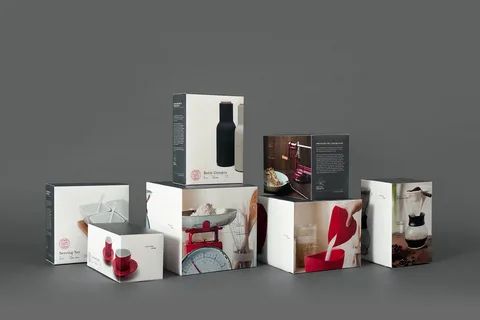
Custom Retail Packaging
9. Sustainability & Compliance
Today’s consumers are more eco-aware than ever. Offering sustainable retail packaging can help your brand stand out and meet industry regulations.
Eco-Friendly Practices:
- Use recyclable or compostable materials
- Minimize ink coverage and avoid plastic coatings
- Source FSC-certified or post-consumer recycled materials
- Encourage reuse or recycling with packaging instructions
- Stay compliant with local regulations for labeling and safety
10. Pro Tips Before Ordering
Before placing a large order for retail boxes, be sure to:
- Request a prototype or physical sample
- Double-check dimensions and dielines
- Review print proofs for color accuracy
- Ask about lead times and shipping policies
- Get clarification on MOQs (minimum order quantities)
- Ensure artwork files are in correct format (usually CMYK, vector)
11. Common Mistakes to Avoid
Avoid these errors that many businesses make when sourcing packaging:
- Ordering boxes too large or too small
- Over-designing with excessive finishes
- Ignoring material compatibility with the product
- Forgetting to test the structural strength of the box
- Choosing form over function
- Not accounting for storage space for large orders
- Missing print file requirements, leading to delays
12. Frequently Asked Questions (FAQs)
Q1. What’s the best material for retail boxes?
It depends on the product. Lightweight items often use paperboard, while heavier or fragile items are better suited to corrugated or rigid board.
Q2. Can I get retail boxes in small quantities?
Yes. Digital printing allows short runs with no major setup costs, though the unit price may be higher.
Q3. Where can I find cheap retail boxes in Canada?
Many packaging companies in Canada offer affordable pricing on standard box sizes and eco-friendly materials. Compare quotes from multiple suppliers.
Q4. What box style is best for eCommerce?
Corrugated mailer boxes or tuck-top cartons work well. They’re durable, easy to ship, and can be branded for an elevated unboxing experience.
Q5. Are kraft boxes good for branding?
Yes. Kraft boxes offer a natural, rustic look that aligns well with organic or handmade products. They can be custom printed or labeled.
13. Final Thoughts
The right retail boxes can do more than just protect your product—they can tell your story, build your brand, and even influence purchasing decisions. Whether you’re looking for cheap retail boxes, luxury packaging, or retail boxes near me, the key is understanding your goals and balancing cost with customer expectations.


